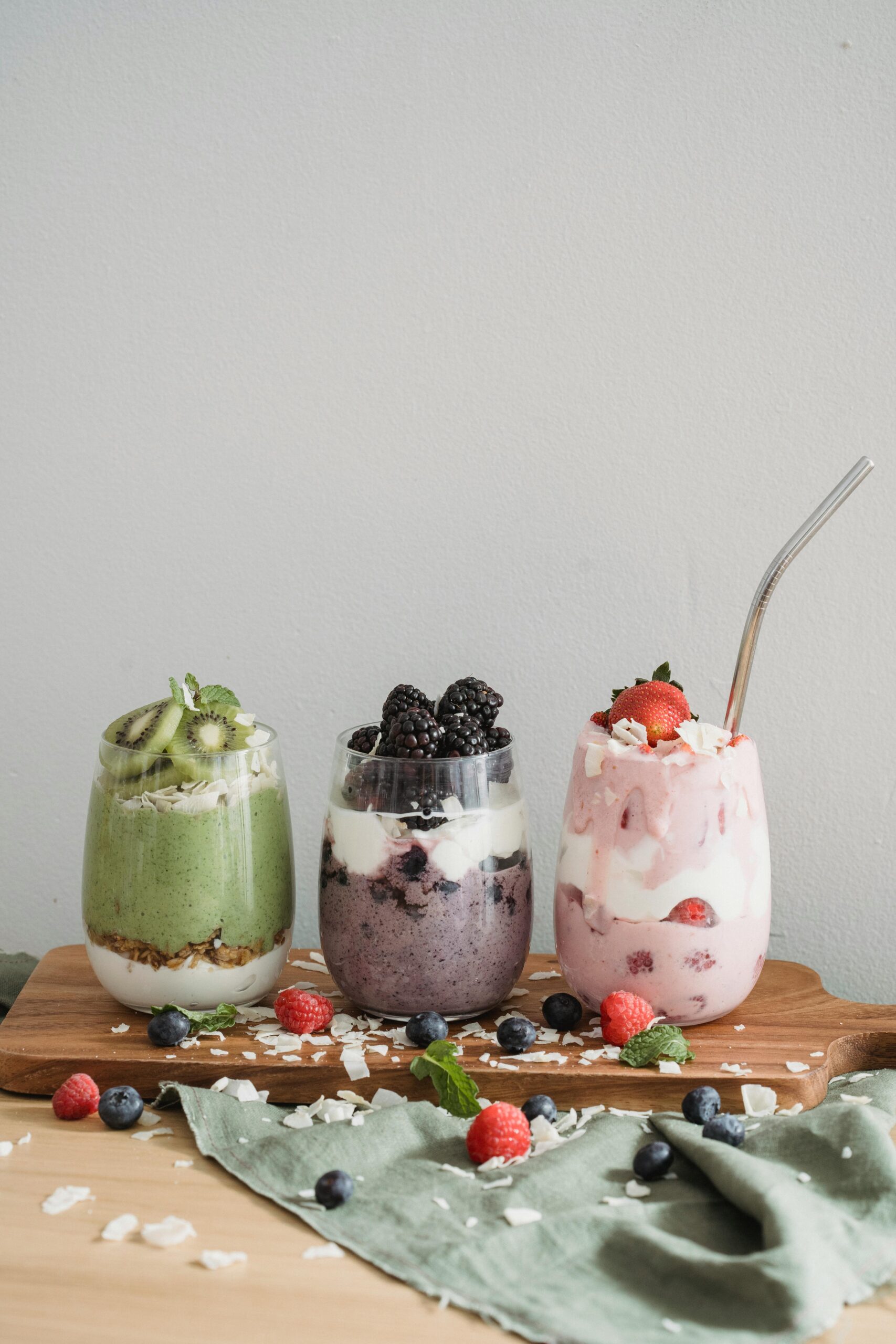Top Healthy Seeds for Smoothies to Boost Your Nutrition
Incorporating healthy seeds for smoothies is a game-changing move for anyone aiming to elevate their nutritional intake. With the rise of plant-based diets and health-focused lifestyles, seeds have become essential in daily routines. This article explores the most powerful seeds you can add to your smoothies and how they can support everything from weight loss to heart health.

Understanding the Fundamentals
Seeds are compact nutritional powerhouses packed with essential fatty acids, protein, fiber, vitamins, and minerals. These tiny superfoods are incredibly easy to integrate into smoothies, offering texture, flavor, and most importantly—long-term health benefits.
The concept of consuming seeds for health isn’t new. Ancient civilizations used them for healing and sustenance. Today, modern science backs their advantages with a growing list of proven benefits like reduced inflammation, improved digestion, and better heart health.
1.1 Nutrient Density and Why It Matters
Seeds like flax, chia, hemp, and pumpkin are known for being rich in omega-3 fatty acids, magnesium, and antioxidants. For instance, just one tablespoon of chia seeds contains 5 grams of fiber and over 2,000 milligrams of omega-3s.
In smoothies, these seeds act as nutrient amplifiers. Beyond calories, they provide metabolic support, stable energy release, and promote overall wellness. Many people underestimate their potency, thinking of them as mere toppings—when in reality, they’re critical components of a nutrient-dense diet.
1.2 Synergy Between Seeds and Other Ingredients
When blended with fruits, vegetables, and plant-based milk, healthy seeds for smoothies form a synergistic blend that maximizes absorption. Unlike supplements, nutrients from whole seeds are better digested and utilized.
Think of seeds as your smoothie’s secret weapon. While berries provide antioxidants, and greens offer vitamins, seeds round out the blend with healthy fats and protein, creating a complete meal replacement or recovery drink.
Practical Implementation Guide
Now that we understand the value of seeds, let’s dive into how to practically implement them into your smoothies. Adding seeds is a low-effort habit that yields significant long-term health results.

2.1 Actionable Steps
- Choose Your Seeds: Start with chia, flax, or hemp seeds—these are beginner-friendly and mix well with most flavors.
- Grind When Needed: Some seeds, like flaxseeds, should be ground to unlock nutrients. Use a spice grinder or blender.
- Start Small: Add 1-2 teaspoons per smoothie and gradually increase to 1-2 tablespoons.
2.2 Overcoming Challenges
Common obstacles include texture issues or digestive discomfort. To solve this, soak chia seeds overnight to reduce gelling or start with hemp seeds which are easier to digest. Avoid using too many types of seeds at once to keep it simple.
Tips for success include rotating seed types weekly, storing seeds in airtight containers, and prepping smoothie packs with measured ingredients for convenience.
Advanced Applications
Once you’ve mastered basic integration, you can move to advanced techniques that maximize benefits. Timing, combination, and strategic usage all play key roles in taking your seed smoothie game to the next level.

3.1 Seed Cycling for Hormonal Balance
Seed cycling is a method where you rotate flax and pumpkin seeds during the follicular phase of your cycle, and sesame and sunflower during the luteal phase. This supports hormone regulation, particularly for women facing PMS or menopause symptoms.
Studies have shown this can improve estrogen and progesterone balance, reduce bloating, and even regulate menstrual cycles. While not a cure-all, it’s a promising natural approach with minimal risk.
3.2 Prebiotic + Probiotic Combinations
Combine prebiotic-rich seeds like flax and chia with probiotic sources (like kefir or yogurt) to enhance gut health. This strategy nourishes your microbiome and strengthens your immune system.
Be mindful of compatibility—avoid pairing seeds with acidic fruits if you’re targeting gut health, as it may interfere with probiotic viability.
Future Outlook
The seed smoothie trend is growing as more people shift toward sustainable, whole-food nutrition. Innovations like seed blends, seed protein powders, and fortified pre-mixed smoothie packs are now on the market.
Expect to see advancements in sprouted seed products, personalized seed nutrition based on DNA testing, and even AI-powered smoothie suggestions. Getting into this habit today means being ahead of the health curve tomorrow.
Conclusion
In summary, healthy seeds for smoothies are an effortless, affordable way to transform your wellness routine. They offer superior nutrition, support body systems, and pair seamlessly with your favorite ingredients.
Start small, stay consistent, and explore the endless possibilities seeds offer in smoothie-making. For a healthier you, start blending smarter today.
Frequently Asked Questions
- Q: What are the best seeds to start with in smoothies? Chia, flax, and hemp seeds are ideal for beginners due to their balanced nutrient profiles and neutral flavors.
- Q: How do I get started with adding seeds to my smoothies? Begin by adding 1 teaspoon of a single seed type to your usual smoothie and observe how your body reacts.
- Q: How much time does it take to prepare smoothies with seeds? Only an extra 30 seconds to a minute—just measure and toss them in!
- Q: Are seeds for smoothies expensive? Not at all—bulk seed packs are cost-effective. You can spend less than $10 a month using a tablespoon daily.
- Q: How do seeds compare to protein powders? Seeds are whole food sources rich in fiber and fats, whereas protein powders offer concentrated protein. Use them together for a complete nutrient profile.
- Q: Is it hard to blend seeds? Some like chia or hemp blend easily. Flaxseeds should be ground for better texture and absorption.
- Q: Can seeds be used in meal-replacement smoothies? Absolutely. Combined with fruits, greens, and plant-based milk, they create a filling and balanced meal substitute.
